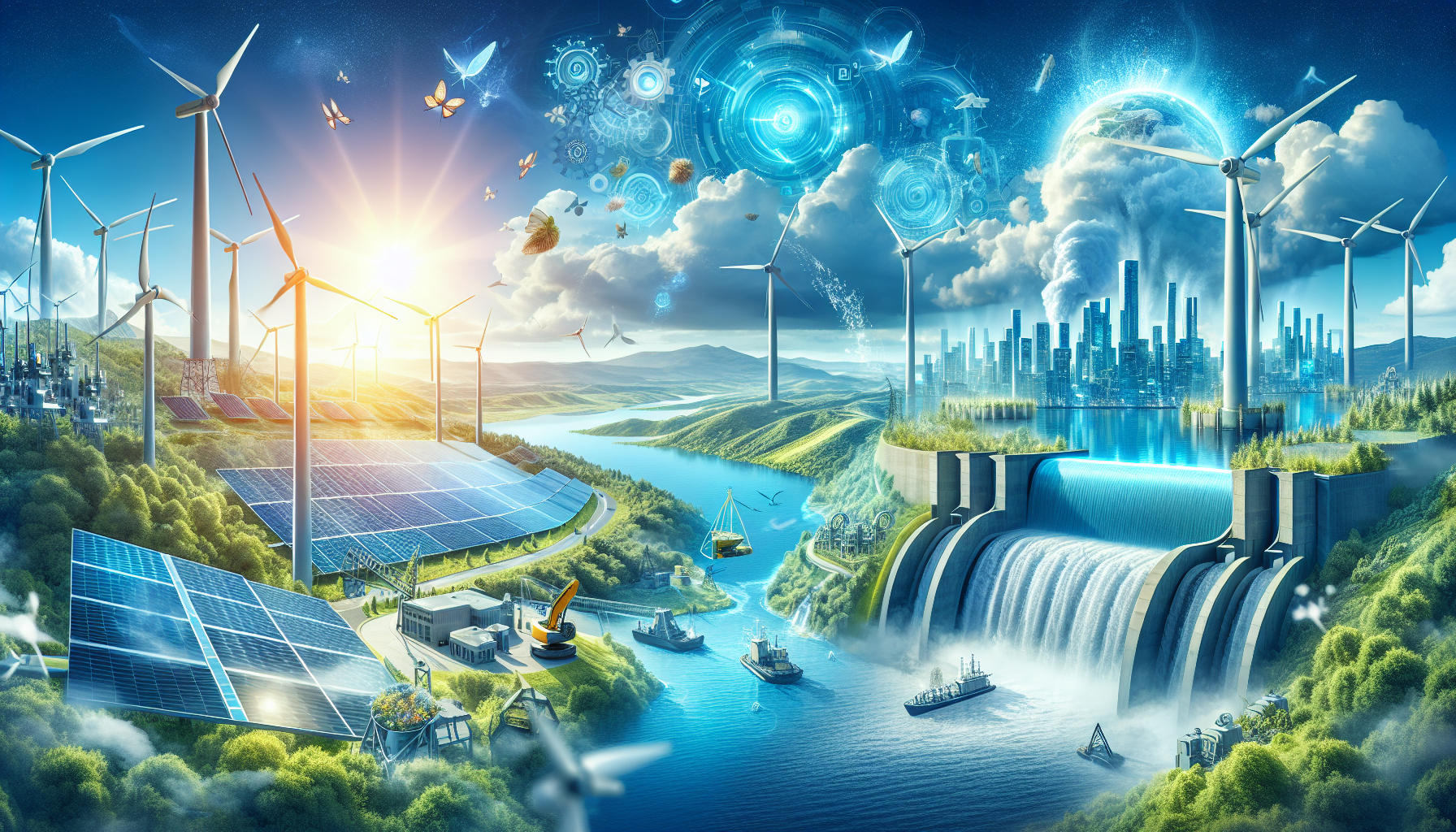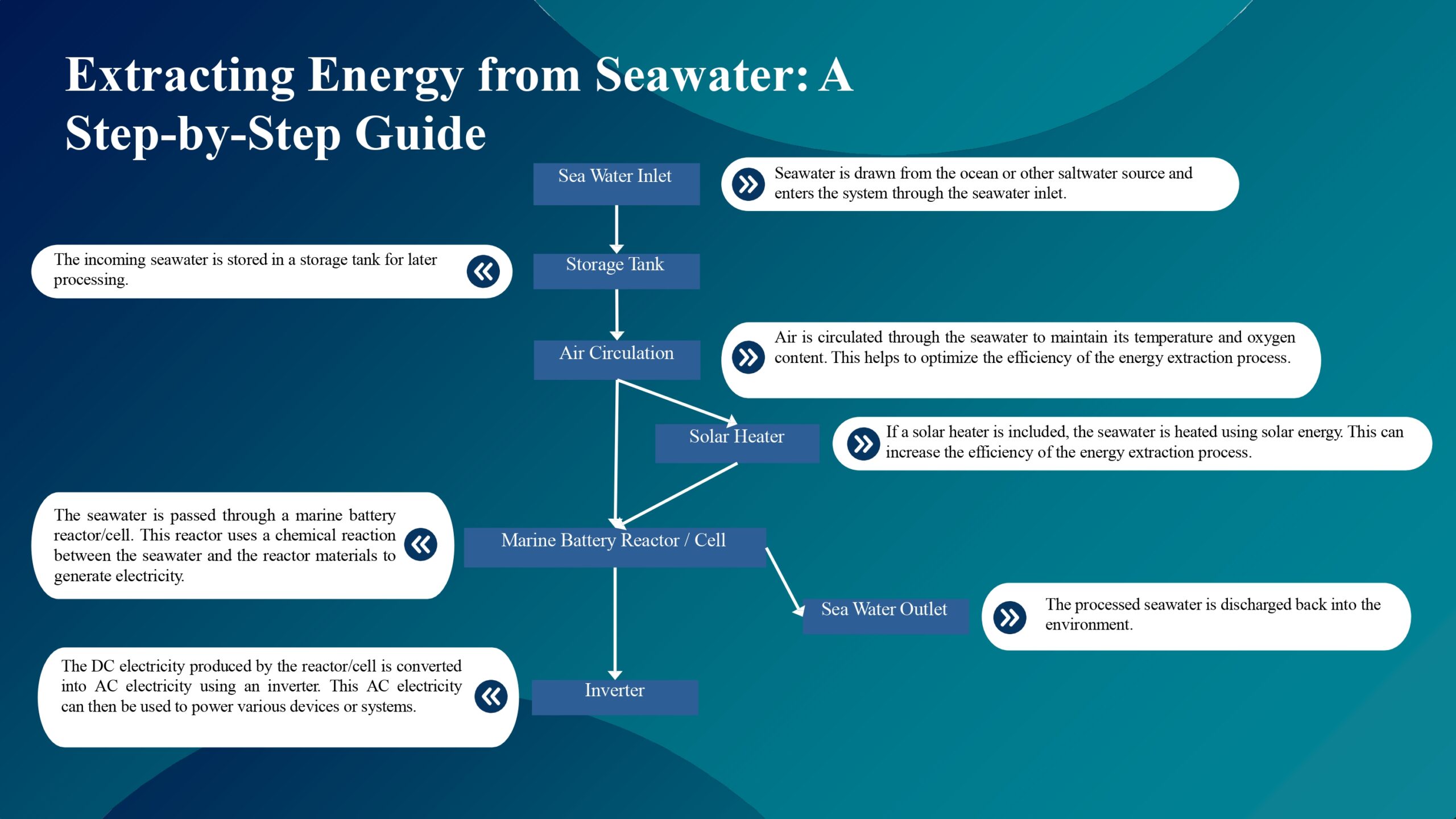Our Solutions
Parkadal Energy's Innovation
At Park Kadal Energy, we offer innovative solutions that leverage advanced technologies to drive sustainable energy production and resource optimization. Our focus is on harnessing the power of the ocean and renewable energy sources to create cleaner, more efficient energy alternatives. From green hydrogen production to seawater electrolysis, we are at the forefront of revolutionizing the energy industry.


Hydrogen types categorized based on Environmental factors
- Green hydrogen
- Blue hydrogen
- Brown hydrogen
- Yellow hydrogen
- Pink hydrogen

Hydrogen Production From Fresh Water

Hydrogen Production From Sea Water
Seawater electrolysis involves the use of seawater mixed with specific chemicals and specially designed electrodes. Operating efficiently at 1.5 to 2.2 volts, it generates minimal heat during the process. This method integrates Faraday’s Law of Electrolysis with Magneto Hydro Dynamics and is powered by renewable sources like solar or wind energy.
To produce 1 kg of hydrogen, the process consumes 25 to 35 kW of energy and approximately 20 to 25 liters of seawater. This technique offers greater flexibility in plant location while addressing common corrosion challenges. Electrodes require periodic replacement, typically lasting up to 50,000 cycles before needing renewal.
The Price Value of Hydrogen production in each Country
India
In Indian Currency the Price of Hydrogen is ₹490 (In Dollars $6.01)
United States
In USA Currency the Price of Hydrogen is $16.0
United Kingdom
In United Kingdoms Currency the Price of Hydrogen is £12 (In Dollars $13.48)
Hydrogen Power
Hydrogen in Vehicles
Electricity from Various renewable Sourses
Solar Power
Solar energy, derived from the sun's rays, can be harnessed using technologies like photovoltaic cells, solar thermal systems, and concentrated solar power (CSP). It’s a renewable, clean energy source that reduces greenhouse gas emissions and dependence on fossil fuels.
Hydro Power
Hydro energy, generated from water movement, is a reliable renewable source. It’s harnessed through methods like dams, which store and release water to drive turbines; run-of-river systems, which use natural river flow; and pumped storage, which uses two reservoirs to generate electricity.
Wind Power
Wind energy captures the movement of air using wind turbines, which convert kinetic energy into electricity. It’s a clean, renewable power source that reduces carbon emissions and reliance on fossil fuels. Wind energy is scalable, from small setups to large wind farms supporting the grid.
General Plant Diagram

